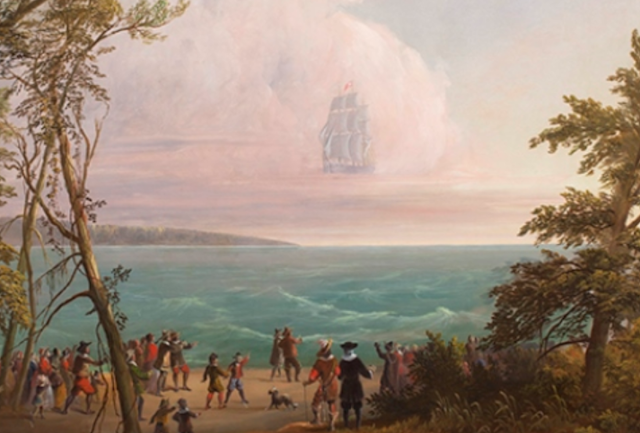Quinnipiac Indian Monument

By Gypsy Meneses The Quinnipiac Indian Monument is a relatively new memorial sight, honoring the Native Americans that once called New Haven their home. Three individuals decided it was time to commemorate this Native American tribe: Doris Townshend and Harry Townshend, whose grandfather Captain Charles Hervey, was an early historian of the Quinnipiacs, and Priscilla Oliver. The memorial sight is located at Fort Wooster Park in New Haven on Townshend Ave, just below the oldest burial sites of the Quinnipiac tribe. Peter Horbrick from Bethany, Connecticut was the artist who carved the memorial depicting a father, mother, son, and their dog at the harbor walking up to greet five English Puritan settlers on April 24, 1638. The 9,000-pound black granite memorial has inscribed, “A Quinnipiac Indian family walks to the harbor to meet the Newcomers- April 24,1638 as their way of life changes forever.” Quinnipiac history has been difficult for New Haven historians to recover, since the descend...





